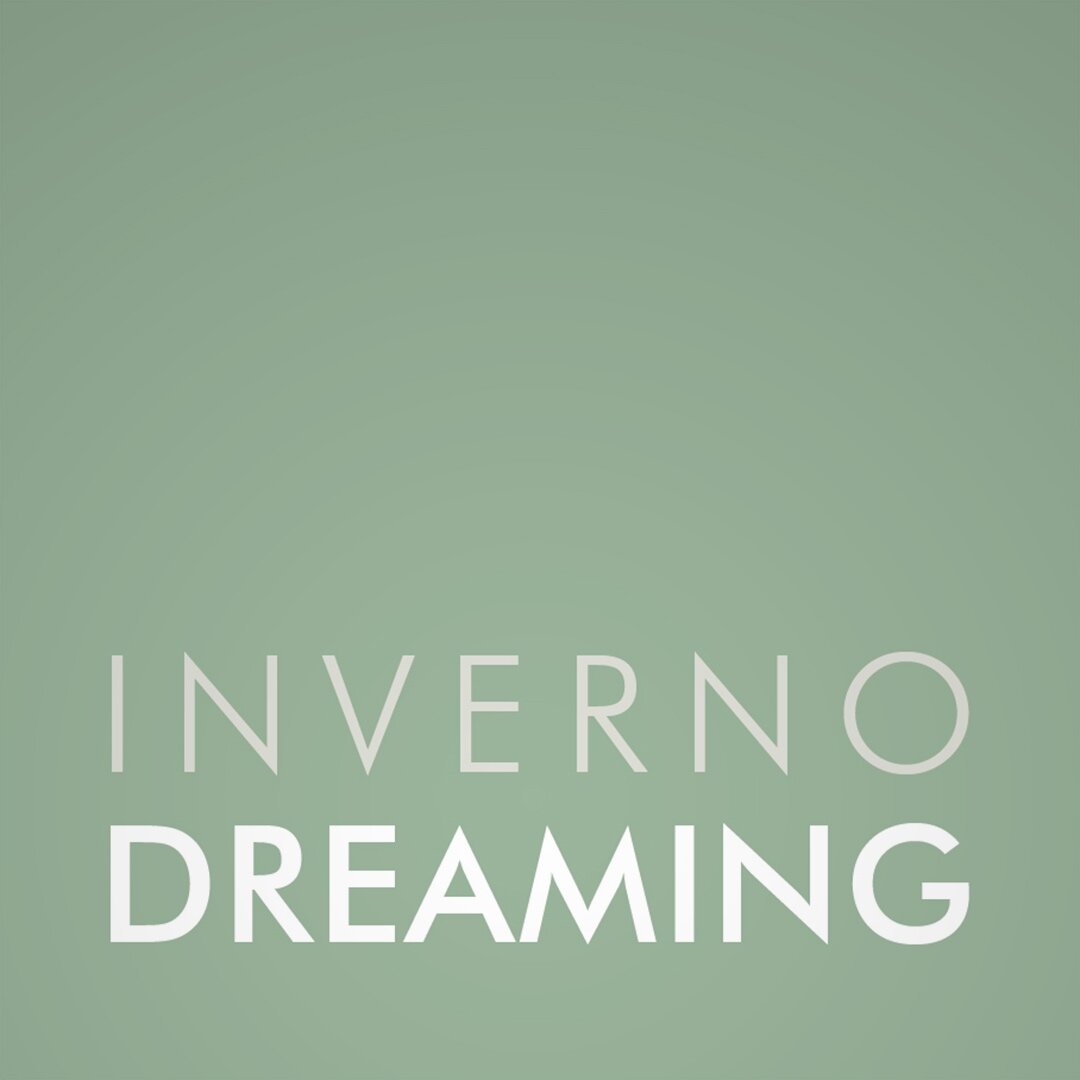First let me be clear this is not a consumer or technical review, really it is just a bit of fun born out of an opportunity. Last week I met up with my friend Mark Heaver so that he could give me a 4x5" negative that I had shot using his Chamonix large format camera. At the same time, he had booked the use of an Imacon 949 scanner at a nearby commercial lab.
I was pretty stoked at this double opportunity to see the results of my first large format photo and to use the legendary Imacon scanner to do it. We had booked the scanning suite for an hour and Mark suggested that there could be time to scan a couple of 6x6 frames too. Any of you who have read my previous blog posts will know by now I have a bit of a scanning obsession and the chance to compare my current set up to an Imacon was, of course, irresistible. So, at home later that evening I repeated the scan but this time with my Epson V800.
Scanners do two things. First, they secure a film negative flat and then scan/photograph it. This way an analogue photo is digitised. Scanning hardware, as opposed to software, is designed to primarily do this. With professional drum scanners, the film is mounted to a spinning drum and rotated over a lens. Stable, accurate and fast, drum scanners are hugely expensive and increasingly rare. Very few photographers are lucky enough to own such a device. More often negatives are scanned with dedicated desktop machines and increasing with DSLR cameras, copy-stand style. All these methods employ various frames and holders that are illuminated and transported through a device or mounted flat on a plane and scanned from below or photographed from above.
The second feature of any scanner is software. The digitised data from a scanner is processed through its compatible software. The accompanying software inverts the negative and displays an automatic starting image. This along with a powerful set of user-friendly tonal adjustment, colour correction and post-processing tools, such as sharpening and dust control make the final scan.
The aim of this experiment was not to look at the software's performance with regards to colour, tone or contrast. This was partly because I'm no expert using Imacon's FlexColor software and certainly did not have time to familiarise myself with it. But more than that, for me, any comparison of a scanner should start with the hardware. Scanning software is secondary to a sharp and detailed base scan. So I wanted to see was the difference in the hardware, the film holders capability to hold the film flat and the quality of the optics and resolution of the scanner. Essentially how sharp and detailed the scan would be.
The Imacon uses a flexible magnetic frame that sandwiches the negatives film border flat between two surfaces and then by arcing the holder into the machine it ensures flatness over its internal optics. I use a Betterscannng adjustable height film fame with anti-newton ring glass to secure and hold my negatives flat before being placed on the glass surface of my flatbed Epson V800 scanner.
I scanned the frame at 3200ppi setting both Imacon's FlexColor and in the case of my Epson, SilverFast to their own Fuji Pro 400H profiles. Then with Photoshop I colour corrected and adjusted contrast before finally cleaning up spots and dust by hand. This is what I got:
Whilst far from a controlled or scientific test the difference between these two scanners is negligible. Given that in real-world scenarios where most photos are displayed electronically or printed at small sizes the base scan quality of both these machines, and I suspect most other machines and methods, is probably more than sufficient. It would seem to me, that it is the capacity of software such as EpsonScan, FlexColor, VueScan, SilverFast or Negative Lab Pro to invert and deliver good initial colour, together with their subsequent ability to make adjustments by using their specialist tools, that truly differentiates 'scanners' more than the hardware itself.








